
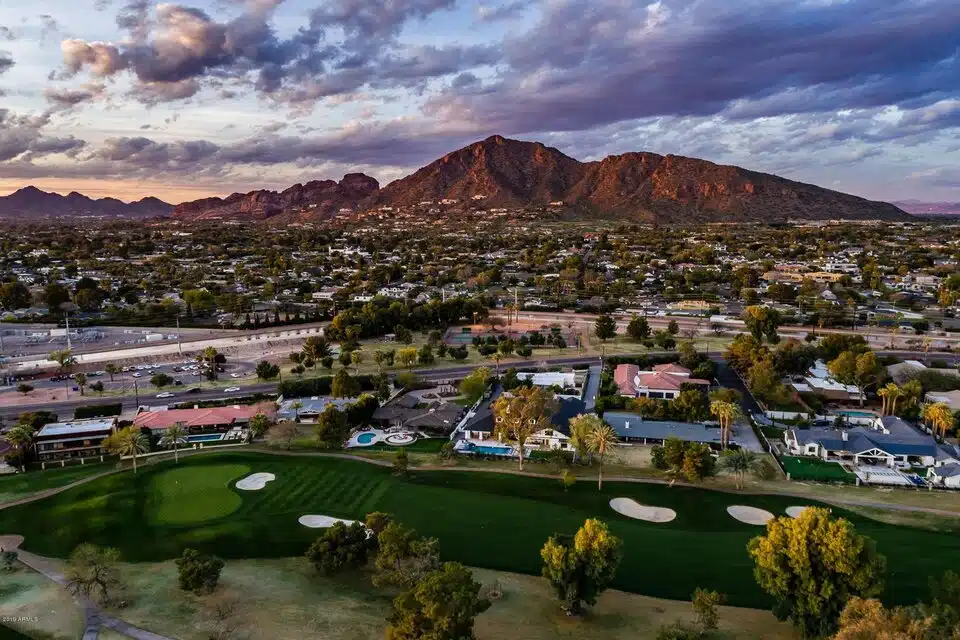

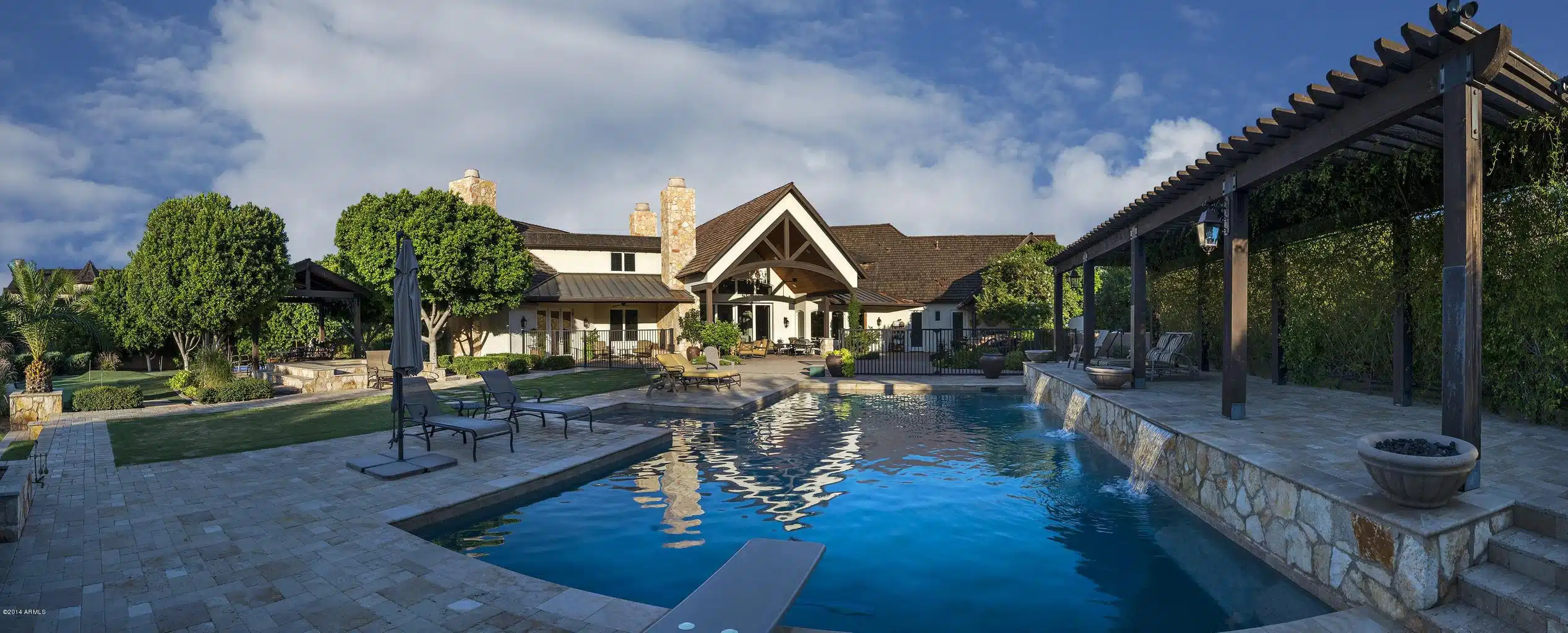
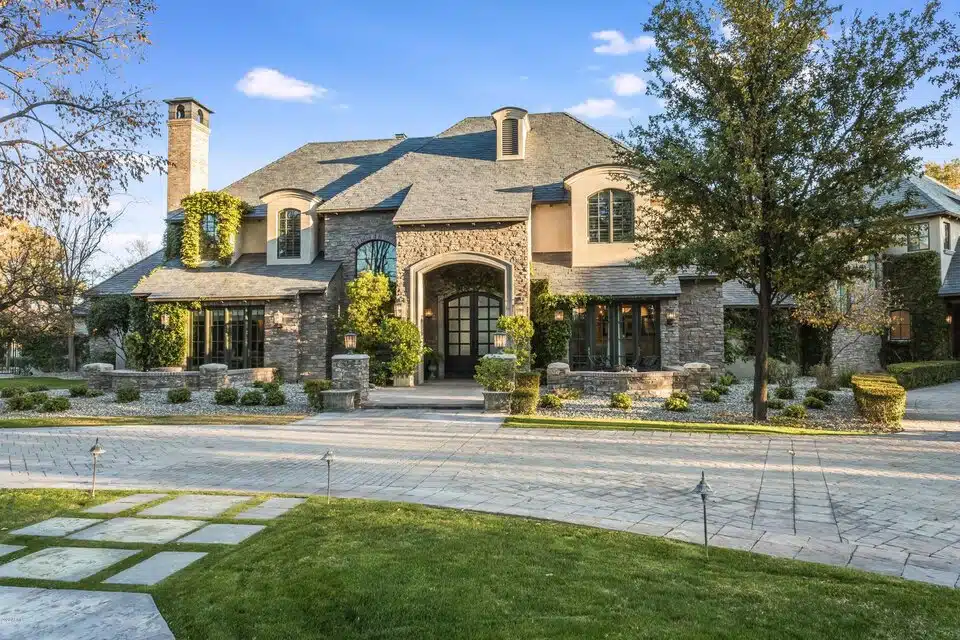
Phoenix is the fifth largest city in the nation. “The Place” to work, live, and play in the Southwest. Phoenix Neighborhoods offer a vast range of homes in different architectural styles, sizes, settings, and price ranges. Year round indoor and outdoor recreation. Top tiered eclectic cuisine throughout the valley.
Phoenix homes for sale can be viewed and purchased by utilizing Johnny D for those services. Call Johnny D today!
Phoenix Homes For Sale $500,000 – $600,000
Phoenix Homes For Sale $600,000 – $700,000
Phoenix Homes For Sale $700,000 – $800,000
Phoenix Homes For Sale $800,000 – $900,000
Phoenix Homes For Sale $900,000 – $1,000,000
Phoenix Homes For Sale $1,000,000 – $1,500,000
Phoenix Homes For Sale $1,500,000 – $2,000,000
Phoenix Homes For Sale $2,000,000 – $3,000,000
Phoenix Homes For Sale $3,000,000 – $4,000,000
Phoenix Homes For Sale $4,000,000 – $5,000,000
Phoenix Homes For Sale Over $5,000,000
Phoenix Homes With Pool $500,000 – $600,000
Phoenix Homes With Pool $600,000 – $800,000
Phoenix Homes With Pool $800,000 – $1,000,000
Phoenix Homes With Pool $1,000,000 – $1,500,000
Phoenix Homes With Pool $1,500,000 – $2,000,000
Phoenix Homes With Pool $2,000,000 – $2,500,000
Phoenix Homes With Pool $2,500,000 – $3,000,000
Phoenix Homes With Pool $3,000,000 – $4,000,000
Phoenix Homes With Pool $4,000,000 – $5,000,000
Phoenix Homes With Pool Over $5,000,000
“Phoenix, Arizona: A Journey of Growth and Resilience”
Unveiling the remarkable history of Phoenix, Arizona, this growth and resilience encapsulates the city’s captivating narrative of progress, adaptability, and strength. From its humble beginnings as a small farming community, Phoenix has risen to become a vibrant metropolis and a testament to human ingenuity.
The Pueblo Grande ruins, occupied between 700 A.D. and 1400 A.D., indicate the presence of a well-established community in what is now Phoenix. These ancient residents built an extensive irrigation system consisting of canals, which transformed the arid land into fertile soil.
The fate of this society remains a mystery, but it is believed that a prolonged drought led to its downfall. In the 19th century, Jack Swilling organized the Swilling Irrigation Canal Company and began diverting water from the Salt River to the Valley. In 1868, a small colony was formed, which eventually became Phoenix.
The name “Phoenix” was suggested by Darrell Duppa, symbolizing the town’s emergence from the ruins of a former civilization. Phoenix was officially recognized on May 4, 1868, and a post office was established with Jack Swilling as the postmaster. The emergence of industry, including the Richard Flour Mills, marked the town’s growth.
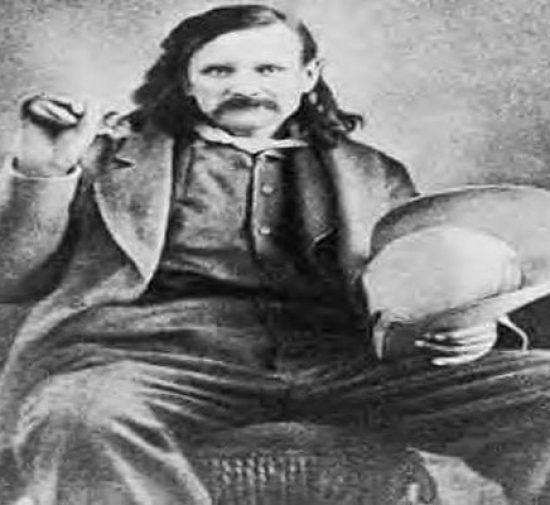
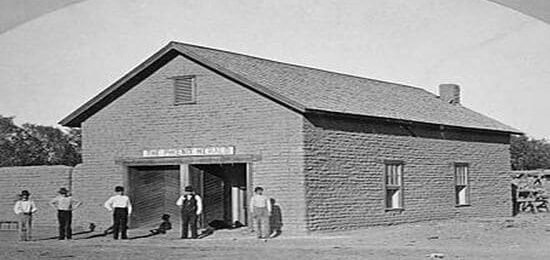
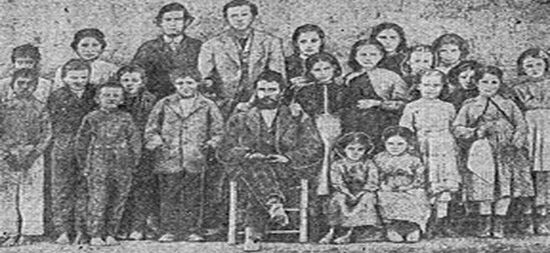
In 1870, a meeting was held at John Moore’s home to choose a suitable site. John Moore offered 40 acres, but an additional 320 acres were purchased through a popular subscription that raised $50.
The designated townsite was the North Half of Section 8, Township 1 North, Range 3 East, which corresponds to the present-day downtown business section of Phoenix. Townsite commissioners, including John T. Alsap, James Murphy, and J.P. Perry, were elected. Captain William A. Hancock, who was also a surveyor, conducted the first survey of the townsite, which consisted of 96 blocks and measured one mile in length and half a mile in width.
The main street was Washington Street, which was 100 feet wide. The east-west streets were named after U.S. presidents, with Washington Street in the center. The north-south streets initially had Indian names but were later changed to numbered streets and avenues, with streets located to the east of Central Avenue and avenues to the west.
In December 1870, a great sale of lots was advertised in the Prescott Miner, resulting in the sale of 61 lots. The first lot was purchased by Judge William Berry for $116.
The first store building in Phoenix, Hancock’s Store, was opened in July 1871 by William Smith and served as the town hall, county offices, and meeting place. The Central Methodist Church, built in 1871, was the first church building in Phoenix. The first Catholic church building, the Sacred Heart of St. Louis, was established in 1881.
Maricopa County was created in 1871, and the first county election took place in the same year. The first school in Phoenix started in 1871, with Jean Rudolph Darroche as the teacher. In October 1873, a small adobe school building was completed, and Miss Nellie Shaver became the first female schoolteacher in Phoenix.

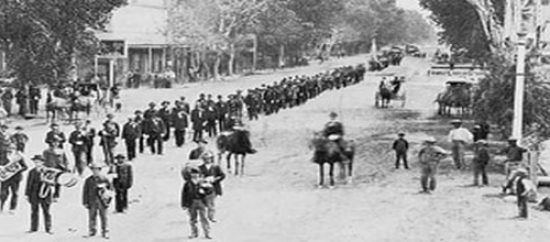
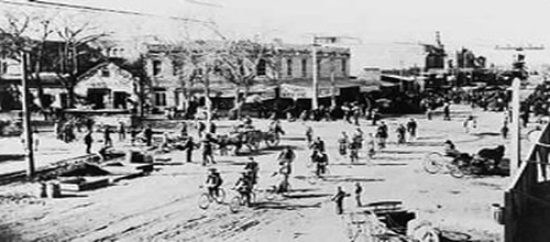
In 1874, President Grant issued a patent for the present site of Phoenix to Judge Alsap, with the total cost of the townsite being $550. Downtown lots were selling for $7 to $11 each that year. The first telegraph line was established in Phoenix in 1874, with Morris Goldwater as the first operator.
By 1875, there were numerous saloons and entertainment establishments in the town. The townsite-commissioner form of government faced challenges, leading to the election of village trustees and officials in 1875. The National Bank was established in 1878 to provide a secure location for the money in the Valley.
The first newspaper in Phoenix, the Salt River Valley Herald, changed its name to the Phoenix Herald in 1880. In the same year, Phoenix had a population of 2,453, a school enrollment of 379 pupils, and notable developments such as an ice factory and new brick sidewalk. Additionally, Maricopa County had its first legal hanging on November 26, 1880.
In 1881, Phoenix transitioned from a townsite-commissioner form of government to an incorporated city with a mayor and four council members. The first election for the newly incorporated city took place in May 1881.
The City Council’s first meeting adopted an ordinance establishing the official seal of the city. In 1881, Holsum Bakery opened in Phoenix, recognizing the city’s opportunities. Over the next decade, Phoenix experienced progress, including the installation of one of the first electric plants in the West in 1886 and the organization of the Phoenix Fire Engine Company Number 1.
In 1887, the city saw the construction of its first horse-drawn streetcar line on Washington Street, followed by additional lines. The arrival of the Southern Pacific train in 1887 revolutionized the local economy, leading to the formation of the Phoenix Chamber of Commerce.
In 1888, the City Hall was built, serving as the city’s new offices and temporary offices for the territorial government. Finally, after several relocations, the Arizona Capitol was established in Phoenix in 1889.
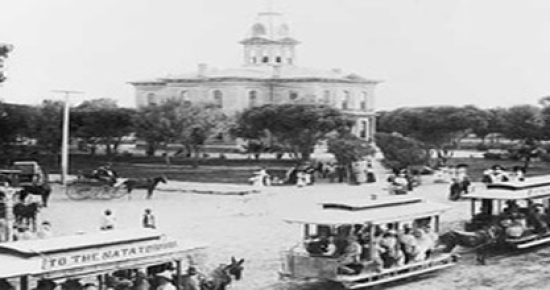
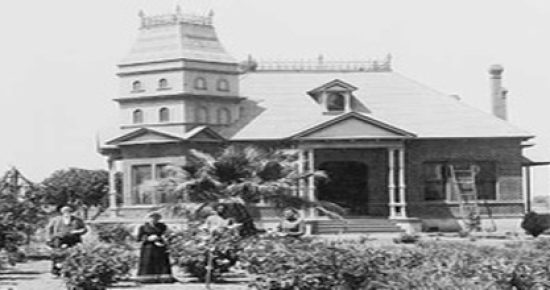
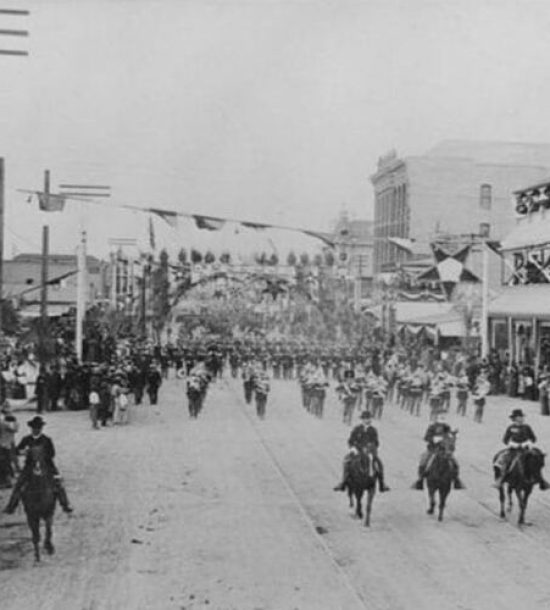
In 1890, The Arizona Republic became a daily newspaper, and in 1891, the first telephone system was introduced in Phoenix.
The horse-drawn streetcars were replaced by electric cars in 1893, which remained in operation until 1948 when automobiles took over. The Santa Fe, Prescott and Phoenix Railroad began running trains to Phoenix in 1895, connecting the city with the northern part of Arizona and providing additional transportation options.
In the same year, Phoenix Union High School was established, and the Phoenix Library Association was formed in 1899. The association’s efforts led to the opening of the Carnegie Free Library in 1908.
By the early 1900s, Phoenix’s population had grown to 5,554, and various social outlets such as the Phoenix Country Club and the Women’s Club were established. The state Capitol also found a permanent home, with a building dedicated in 1901 on a donated 10-acre lot. Additionally, in 1901, the first labor union in Arizona, The Phoenix Typographical Union 352, was formed.
In 1902, President Theodore Roosevelt signed the National Reclamation Act, allowing the construction of dams for reclamation purposes. In response, the Salt River Valley Waters Users’ Association was formed in 1903 to manage the water supply in the region.
The construction of the Theodore Roosevelt Dam began in 1906, providing water and electric power and marking a new era in farming for the valley. Arizona was granted statehood in 1912, and in 1913, Phoenix adopted a new charter, becoming one of the first cities in the United States to implement a council-manager form of government.
The city experienced growth and development, with population and infrastructure expanding. Phoenix became a prominent city by the end of its first eight years under statehood, with a population of 29,053. Phoenix Union High School grew, and notable buildings were constructed, including Arizona’s first skyscraper, the Heard Building.
However, during this time, a political scandal arose regarding a failed pipeline project from the Verde River.
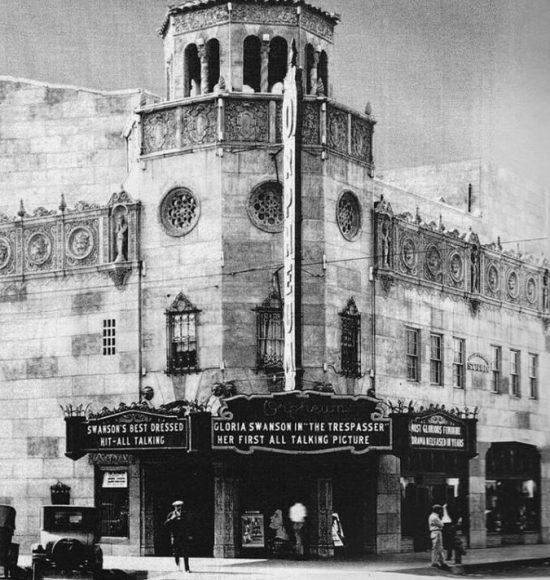
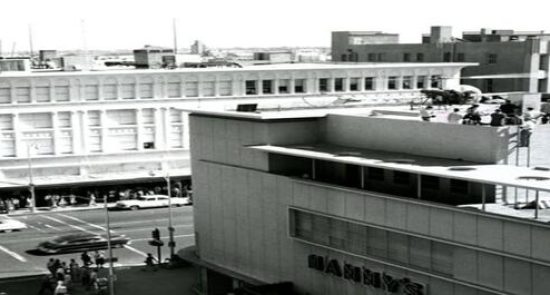
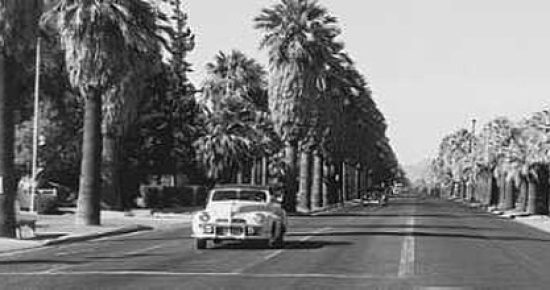
By 1930, Phoenix’s population had nearly doubled, and the city had extensive infrastructure, including sidewalks, streets, and a public library.
A new pipeline was constructed to bring water from the Verde River. In 1940, Phoenix transformed from a farming and distribution center into an industrial city due to the impact of World War II. Military bases and training centers brought a large influx of people to the city, leading to the growth of small industries.
After the war, many servicemen returned to Phoenix, contributing to a labor pool that attracted larger industries and led to economic prosperity. In 1948, the city voted to strengthen the city manager’s position in government, but the council continued to wield significant power.
However, in 1949, a new council was elected, including the first female council member, Margaret Kober. The reforms in governance resulted in successful city management, with City Manager Ray Wilson serving for over 11 years and overseeing the city’s significant growth until his voluntary retirement in 1961.
The city’s population had reached 105,000 people within its limits, with many more residing nearby and relying on Phoenix for their livelihoods. Phoenix had a substantial network of streets, both paved and unpaved.
Since 1950, Phoenix has experienced significant progress, expanding from 17.1 square miles to over 500 square miles and becoming the sixth-largest city in the United States with a population exceeding 1.4 million. The National Civic League recognized Phoenix as an “All-America City” four times, highlighting the active involvement of private citizens in the city’s governance.
The residents have demonstrated their trust in city government by approving bond issues totaling approximately $3.5 billion for essential urban improvements. Despite its growth and status as a corporate and industrial center, Phoenix has maintained its reputation for friendliness and the community’s concern for one another and their government.
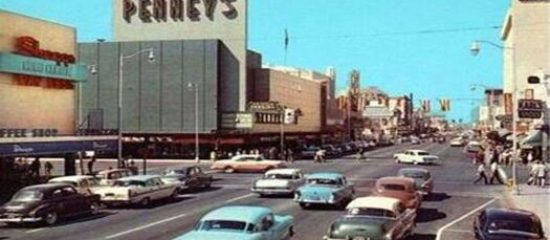
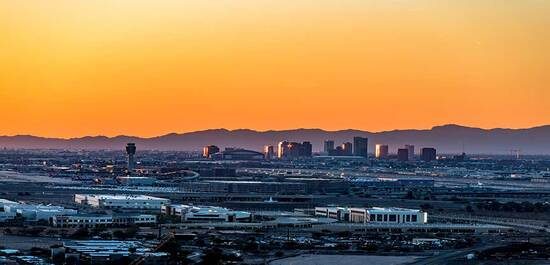
FREE DOWNLOAD!
Everything you need to maximize your time
and money to reach your desired result.
to save time and money
time tested to establish value and provide peace of mind
maximizing your return on investment
Real Estate Agent in the Valley of the Sun
A REALTOR WITH UNIQUE KNOWLEDGE AND EXPERIENCE
Guiding you through a major life decision to reach your goal.
To better serve you, since 1997, I have sold homes in every city in Maricopa County and half the cities in Pinal County.
1776 N Scottsdale Rd #1402
Scottsdale, AZ 85257
(480) 256-8688
FREE DOWNLOAD!

Everything you need to maximize your time
and money to reach your desired result.